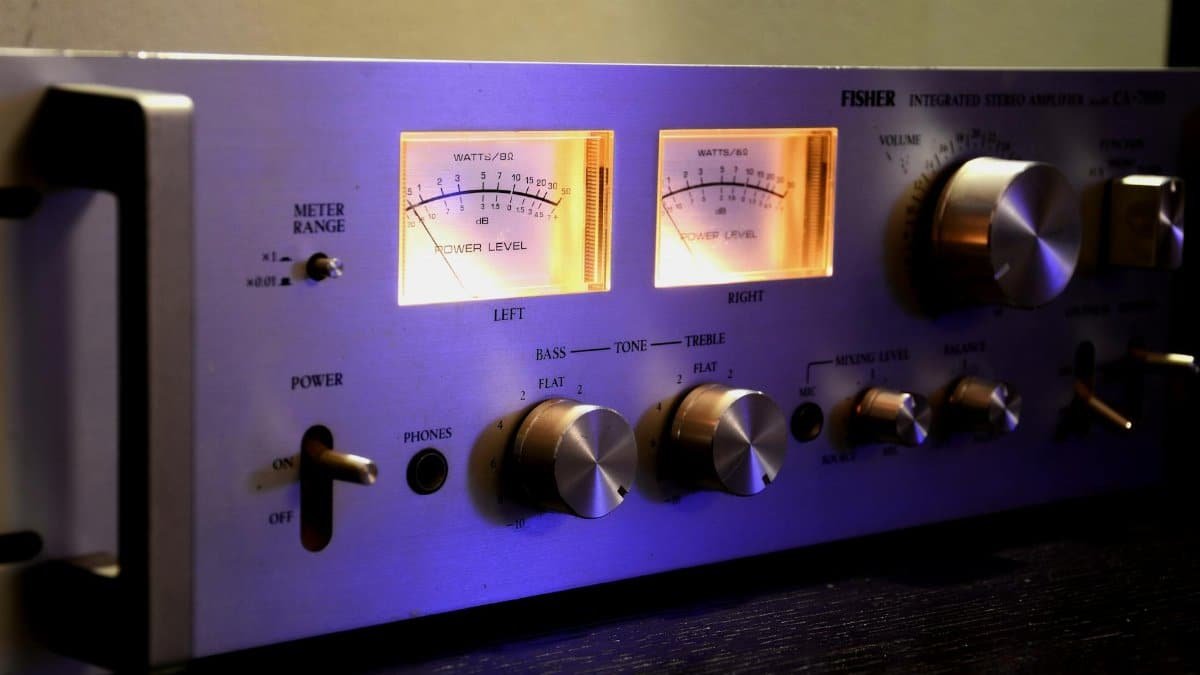Imagine a tense moment at a family dinner, the air thick with unspoken frustration. A sibling’s sharp comment about politics cuts through the clatter of forks. Before anyone can snap back, another voice chimes in—calm, steady, almost disarming. The shift is subtle but powerful. Tempers cool. The conversation pivots. This isn’t magic; it’s the quiet art of using voice tone to prevent arguments. In a world where misunderstandings can ignite in seconds, how we say something often matters more than what we say. From boardrooms to living rooms, Americans are increasingly recognizing that a tweak in tone can defuse conflict before it erupts. This isn’t about suppression or avoidance. It’s about navigating disagreement with intention. So, how does tone become a tool for peace? Let’s unpack the ways it shapes our interactions and transforms heated moments into dialogue.
The Hidden Power of Tone in Conflict

Words carry weight, but tone delivers the punch. A simple “I’m fine” can signal reassurance or barely veiled irritation, depending on how it’s said. Research from the University of California, Los Angeles highlights that vocal tone and nonverbal cues often outweigh spoken content in conveying emotion. When voices rise or sharpen, our brains interpret threat, triggering defensive responses. A softer, slower cadence, though, can signal safety, even amid disagreement. Think of a manager addressing a frustrated team. A clipped, hurried tone might escalate unease, while a measured, even pitch invites calm. Tone isn’t just background noise—it’s a primal cue wired into how we process intent. Mastering it means understanding that our voices are often the first line of defense against a spiraling argument.
Why Rising Voices Fuel Fire

Ever notice how a louder voice seems to demand a louder reply? It’s not just habit; it’s biology. Studies from the National Institutes of Health show that elevated vocal volume activates the amygdala, the brain’s alarm system, heightening stress and aggression. In a heated exchange, this creates a feedback loop—each person’s rising decibel pushes the other to match or exceed it. Picture a couple debating household chores. One starts shouting about unwashed dishes. The other counters with equal force. Neither hears the actual grievance; they’re too busy reacting to the noise. Breaking this cycle isn’t easy. It requires one person to consciously lower their volume, signaling a willingness to de-escalate. That small act can shift the entire dynamic, turning a shouting match into a conversation.
Tone as a Mirror of Emotion

Tone doesn’t just influence others; it reflects what’s brewing inside. A shaky voice might betray anxiety, while a biting one reveals anger we might not even admit to ourselves. This mirror effect matters because unchecked emotions can derail even the most logical points. A study by the Pew Research Center on workplace communication found that employees often misinterpret harsh tones as personal attacks, even when the words are neutral. Consider a parent scolding a teen for missed homework. If irritation seeps into every syllable, the teen might focus on the hostility rather than the message. Pausing to steady one’s tone—taking a breath, softening the edge—can align how we sound with what we mean. It’s a small reset with outsized impact.
The Art of the Pause

Silence can speak louder than any tone. A deliberate pause before responding in a tense moment gives everyone a chance to breathe. It also allows time to adjust how we sound. Research published through the American Psychological Association suggests that brief silences during conflict reduce physiological stress, lowering heart rates and easing defensiveness. Imagine two friends clashing over a canceled plan. One starts to retort sharply but stops, counts to three, then speaks in a quieter, more curious tone: “Can you explain why this upset you?” That pause shifts the exchange from confrontation to understanding. It’s not about stalling. It’s about creating space for tone to become an ally rather than a weapon. In 2025, as digital communication often strips away vocal nuance, mastering this in-person skill feels even more vital.
Cultural Nuances in Tone Perception

Tone doesn’t land the same everywhere. What sounds assertive in one community might feel aggressive in another. In some U.S. regions, a direct, firm tone is a sign of honesty—think of a New Yorker laying out their case. Elsewhere, like parts of the South, a gentler delivery often signals respect, even in disagreement. These differences can spark unintended friction. A colleague from Atlanta might brread a Bostonian’s blunt tone as hostility, while the Bostonian finds the Southerner’s softer approach evasive. Navigating this requires awareness. It’s not about changing who you are but recognizing how your tone might be received. Asking questions—gently—about someone’s perspective can clarify intent. Using voice tone to prevent arguments often means adapting, just enough, to bridge those invisible cultural gaps.
Everyday Scenarios Where Tone Saves the Day

Real life offers countless chances to test tone’s power. Take a crowded grocery store, where a shopper mutters about a long line. Another customer, instead of snapping back, responds in a light, empathetic tone: “Yeah, feels endless today, doesn’t it?” The tension dissolves. Or consider a family group chat blowing up over holiday plans. One person’s calm, neutral voice note—“Let’s figure out what works for everyone”—cuts through the chaos. These moments aren’t dramatic, but they show tone’s quiet strength. Online discussions often reveal similar frustrations with misread tones in texts or calls, where a single sharp word derails everything. One anonymous account shared feeling crushed by a partner’s sarcastic tone during a minor disagreement, only to resolve it when both slowed down and softened their voices. Small shifts, big results.
Practical Steps to Tweak Your Tone

Adjusting tone doesn’t require a vocal coach. Start by listening to yourself. Record a casual conversation or argument replay in your head. Notice where your pitch spikes or your pace rushes. That’s often where emotion hijacks control. Next, practice breathing deeply before speaking in tense moments—it naturally lowers your voice and slows your tempo. Try mirroring, too. If someone’s tone is calm, match it; if it’s agitated, counter with quiet steadiness. Even smiling slightly while speaking can warm your delivery, signaling openness. These aren’t tricks. They’re tools to align your voice with your intent. Over time, they become second nature, especially in high-stakes exchanges at work or home. The goal isn’t perfection but progress in using voice tone to prevent arguments.
When Tone Isn’t Enough

Tone can’t fix everything. Deep-seated resentments or unresolved issues often need more than a softer voice. If a couple’s argument about money masks years of distrust, no amount of gentle speaking will solve the root. Tone also falters when the other person isn’t receptive—someone intent on conflict might ignore even the kindest delivery. In these cases, stepping back or seeking mediation might be wiser than pushing through with vocal tweaks. Still, tone remains a starting point. It can keep smaller sparks from becoming wildfires, buying time to address bigger problems. Recognizing its limits is just as important as harnessing its strengths. Conflict isn’t always avoidable, but how we approach it vocally can shape whether it destroys or builds.
Building a Habit of Mindful Communication

Tone’s true impact comes from consistency. A one-off calm response might defuse a moment, but habitual mindfulness turns it into a superpower. This means paying attention not just in arguments but in everyday exchanges. How do you sound when asking for help, giving feedback, or even joking? Each interaction builds a pattern others notice. A coworker once shared how their team leader’s steady, warm tone during stressful deadlines made everyone feel safer to speak up. Over months, arguments dwindled. That’s the long game—using tone to create trust, not just dodge conflict. In a polarized 2025, where division lurks in every conversation, this habit feels less like a luxury and more like a necessity for connection.
Natasha is the heart of our exploration into conscious connection. Applying principles from multiple counseling courses in her own life, she guides you to cultivate stronger, more joyful bonds.
Disclaimer
The content on this post is for informational purposes only. It is not intended as a substitute for professional health or financial advice. Always seek the guidance of a qualified professional with any questions you may have regarding your health or finances. All information is provided by FulfilledHumans.com (a brand of EgoEase LLC) and is not guaranteed to be complete, accurate, or reliable.
